-

In the West today, what economic sectors are driving the economy and make up the growing workforce? Read more
-
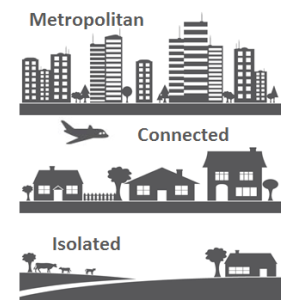
There are three distinct types of counties in the West—Metro, Connected, and Isolated—defined by their access to major markets and population centers. Read more
-
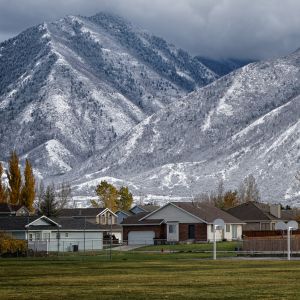
The High Divide region, recognized as one of the most intact biological areas in the lower 48 states, is attracting many new residents and home construction is changing the landscape. Read more
-
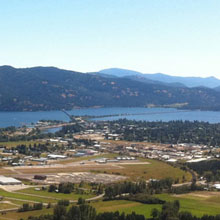
Analysis shows that Bonner County’s economy has grown steadily and been resilient, despite recessions and losing several large employers, and many local businesses are committed to the community and its high quality of life. Read more
-
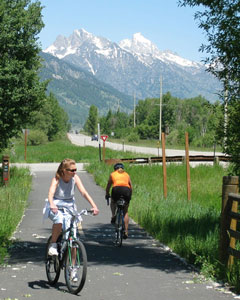
Survey shows that nine out of 10 respondents use the pathways and trails in Teton County, Wyoming. Such surveys help community leaders, stakeholders, and citizens plan for the future of pathways and trails systems. Read more
-
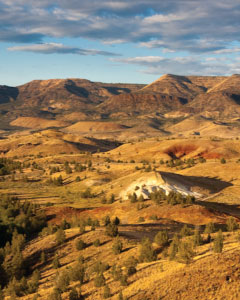
Like many rural counties in the West, Wheeler County faces economic difficulties. It also has untapped resources and opportunities, which suggest the possibility of a brighter economic future. Read more
-

This updated report analyzes the economic value of public lands in Grand County, Utah and the important role that these lands play for local businesses and the well-being of the region’s economy. Read more
-

County migration and population trends in the West constantly change. We summarize counties into four types–high-wage services, farm-dependent, oil and natural gas boom, and retirement destinations–to show the relationship between population and economic structure. Read more
-
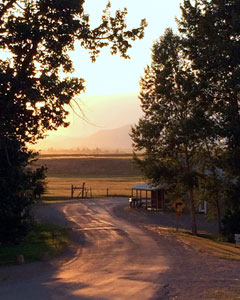
This report provides an overview of the Blackfoot River watershed’s economy and summarizes the findings from six focus groups that explored potential economic opportunities. Read more
-
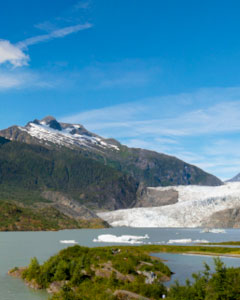
This report examines whether the Tongass Transition Framework, which proposed a “new path forward,” is working to enhance economic opportunities in southeast Alaska while conserving the National Forest. Read more
-

Getting the economics right is important for communities to compete in a modern economy. We’ve created a number of tools to help rural, western communities better understand current trends as well as the role of the nearby National Forest or other public lands. Read more
-
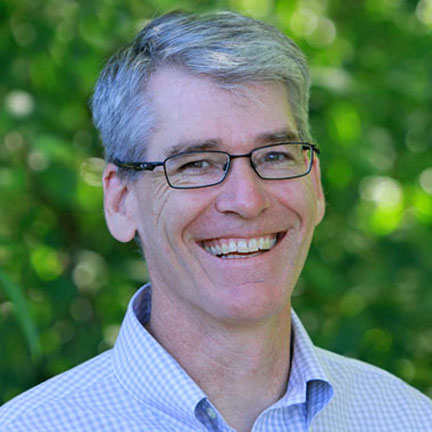
Lower oil prices could be great for the economy, but for the communities dependent on drilling, the price drop may prove challenging for several reasons. Read more
-
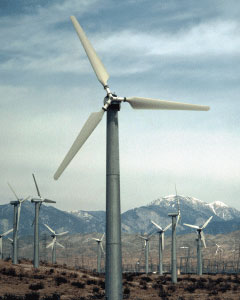
The West is rich in renewable energy opportunities, but research demonstrates that property tax revenues from this development vary widely across 17 rural study counties due to state tax policies. Read more
-
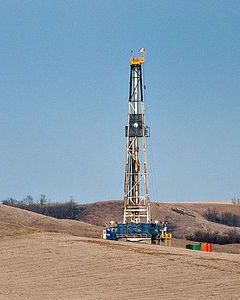
Monitoring can help local governments better understand the socioeconomic impacts caused by energy development, and support requests to industry and state government for assistance to implement appropriate mitigation. Read more
-

It’s All Hallow’s Eve, so we decided to look at western counties where the dead most recently were living. But a high death rate does not mean a county is faring poorly. Like most things, it’s complicated. Read more
-

Today’s economy is much different than what we hear in the rhetoric from current politicians. We need our leaders to wrestle with current problems rather than old ones. Read more
-
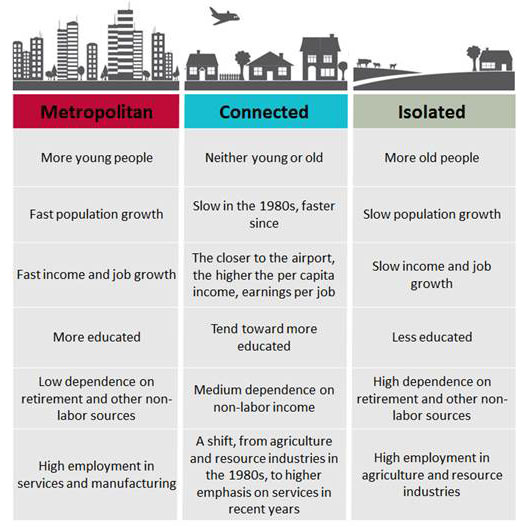
Review the economic and demographic differences between Metro, Connected and Isolated counties. Read more
-
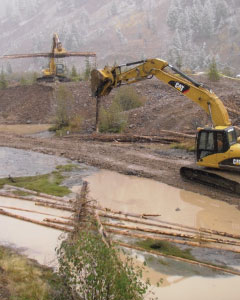
This report provides a way to calculate the economic impacts of natural resource restoration activities to nearby communities that should be helpful to local officials, agency staff, and policy analysts. Read more
-

Non-labor income is one of the largest and fastest growing sources of income in the West; constituting 34 percent of total personal income in 2011 and 60 percent of net growth in real personal income during the last decade. Read more
-

This report compares how Montana provides local governments with production tax revenue from unconventional fossil fuel extraction compared to other major energy-producing states. Read more